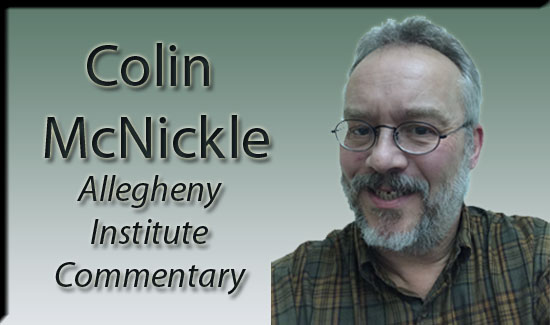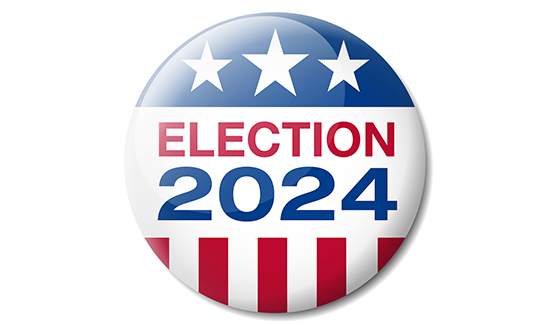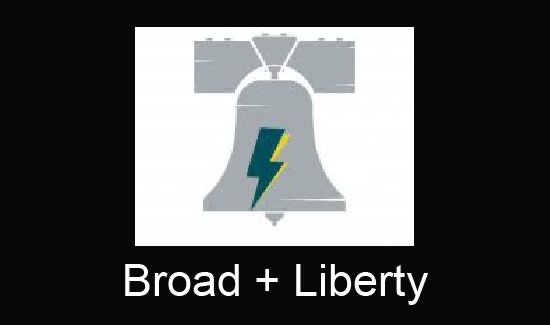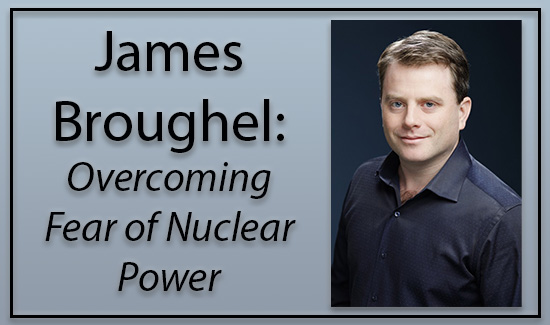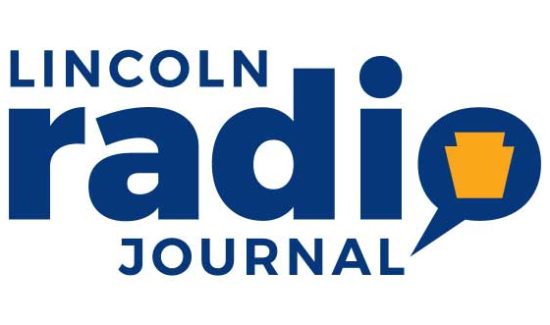Nothing to Fear (from Conservatives) But Fear Itself
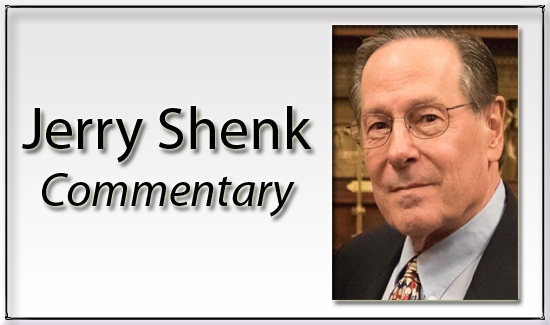
Media and entertainment sources, advertisements, public and higher education, even professional sports constantly barrage Americans with liberal viewpoints, so attentive conservatives are familiar with liberal orthodoxy and understand left-liberal language.
But, exposed primarily to like-minded people and information/entertainment outlets, indoctrinated left-wingers become highly-invested in shared assumptions. Convinced that no reasonable person could possibly disagree with them, liberals are easily unsettled by conservative “apostasy.”
In fact, most liberals are profoundly ignorant of conservative language and thought.
It’s human nature to fear or distrust poorly understood or unknown things. In general, smart conservatives confidently oppose liberal positions based on their familiarity with and understanding of them, but, because of their unfamiliarity, many liberals instinctively fear conservative viewpoints – fears manifested in reflexive, defensive anger and contempt.
But, there’s really nothing to fear.
The first principles of American conservative thought reside in the nation’s founding documents, the contents for which America’s Founders drew from many philosophical antecedents, including Confucius (551-479 BC), Cato the Elder (234-149 BC) and John Locke (1632-1704).
Edmund Burke (1729-1797) is the father of modern conservatism. Alexis de Tocqueville’s 1840 book, “Democracy in America,” records conservative values. In the mid-20th Century, Russell Kirk described conservatism as the “negation of ideology,” an openness to reality “in all its complexities.” In an ideological age, Kirk said, conservatism resists ideology.
William F. Buckley Jr. and Ronald Reagan popularized the interrelated principles of fiscal and social responsibility and national security. If any leg goes missing, three-legged stools cannot stand.
Frankly, there is little in 20th and 21st Century liberalism to match the rich intellectual tradition of classical liberalism – commonly called conservatism today.
Even the theories of the left’s favorite economist, J.M. Keynes (1883-1946), are remembered only for their “spending” and “debt” components, never for Keynes’ admonition to “pay-down” debt.
In 2012, NYU social psychologist Jonathan Haidt, with collaborators, published a paper detailing how liberals and conservatives view each other.
Haidt, et al, wrote:
“Across the political spectrum, moral stereotypes about “typical” liberals and conservatives correctly reflected the direction of actual differences in foundation endorsement but exaggerated the magnitude of these differences. Contrary to common theories of stereotyping, the moral stereotypes were not simple underestimations of the political outgroup’s morality. Both liberals and conservatives exaggerated the ideological extremity of moral concerns for the ingroup as well as the outgroup. Liberals were least accurate about both groups”
Briefly summarized, liberals are more likely than conservatives to exaggerate their differences.
Haidt’s work inspired Mother Jones’ Kevin Drum to muse about why liberals’ self-conceptions don’t match reality. Drum’s fourth and, arguably, most accurate explanation was that, although they imagine themselves to be “open-minded,” liberals generally have far less exposure to conservatives than conservatives do to liberals.
Accordingly, liberal “understandings” of conservatives are caricatures. Liberals reflexively disagree with conservatives, but have little practical experience accurately describing with “what” they disagree or expressing “why.”
For many afflicted left-wingers, “SHUT UP!” is the fullest expression of persuasive polemics.
But curious, receptive, genuinely open-minded liberals can learn by assuming that conservatives are from a different country, and research conservatism as they would foreign travel.
If they won’t read their work, they could read about Burke, Kirk and de Tocqueville, then about economists Friedrich August Hayek, Ludwig von Mises and Nobel Laureate Milton Friedman. Hayek’s “The Road to Serfdom” is condensed online. Friedman is preserved on YouTube.com.
They should immerse themselves by approaching and questioning informed conservatives, most of whom speak at least rudimentary “liberal” – many are fluent – after alerting them to their conservative language deficiency so that, initially, their conservative advisors speak slowly, clearly and use simple words.
Hand gestures can be useful, but, aside from expressing the number “one,” palm forward, liberals should avoid displaying single digits.
Other liberals have made the trip, so, if you are already on or contemplating a journey from left to right, don’t allow fear of an unfamiliar language to discourage you.
Prominent, formerly-liberal intellectuals, the late Dr. Charles Krauthammer and Norman Podhoretz, wrote books about their ideological travels. If they made the journey and mastered the language, other liberals can too.
Consider it a growth opportunity.
“But if we are to be prepared for it, we must first shed our fear of it.” – Laurence Fishburne as Morpheus, The Matrix Reloaded, 2003
“Nothing in life is to be feared. It is only to be understood.” – Marie Curie



